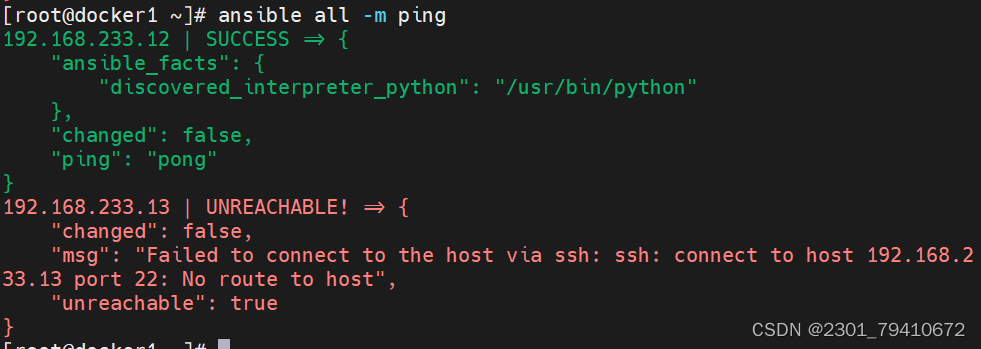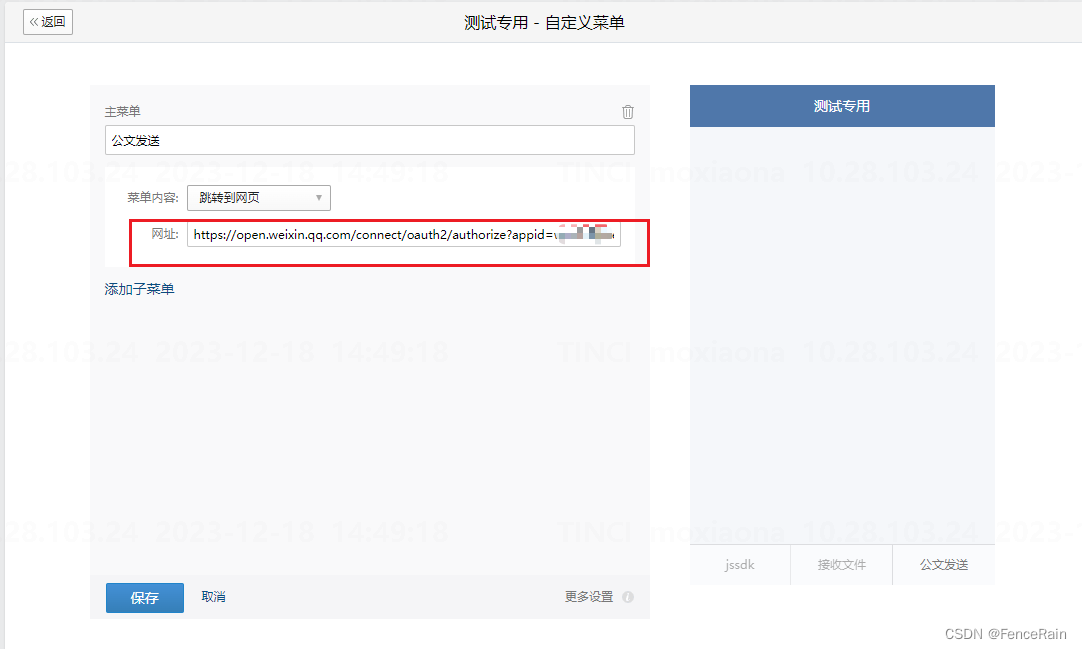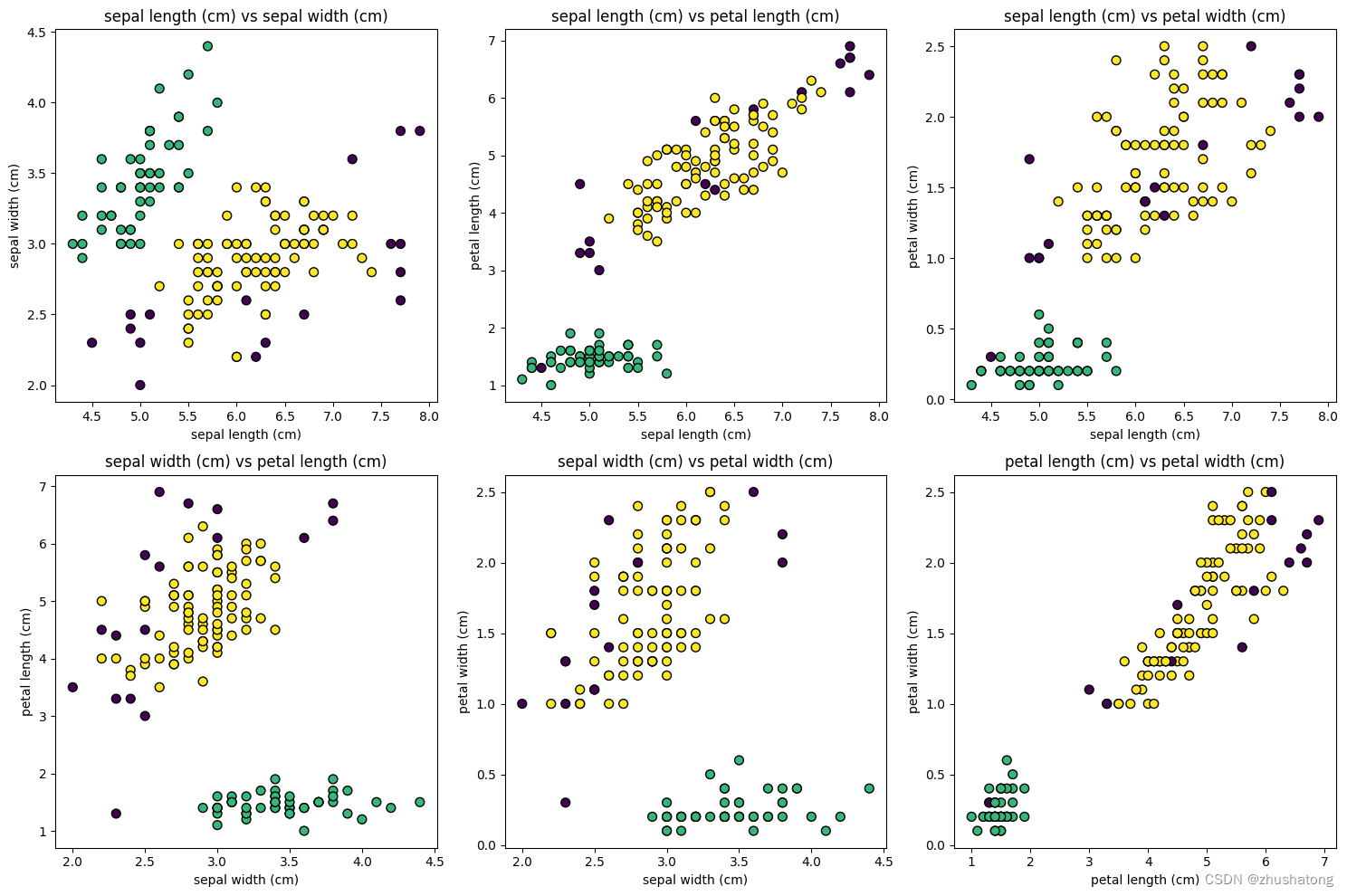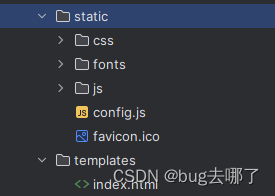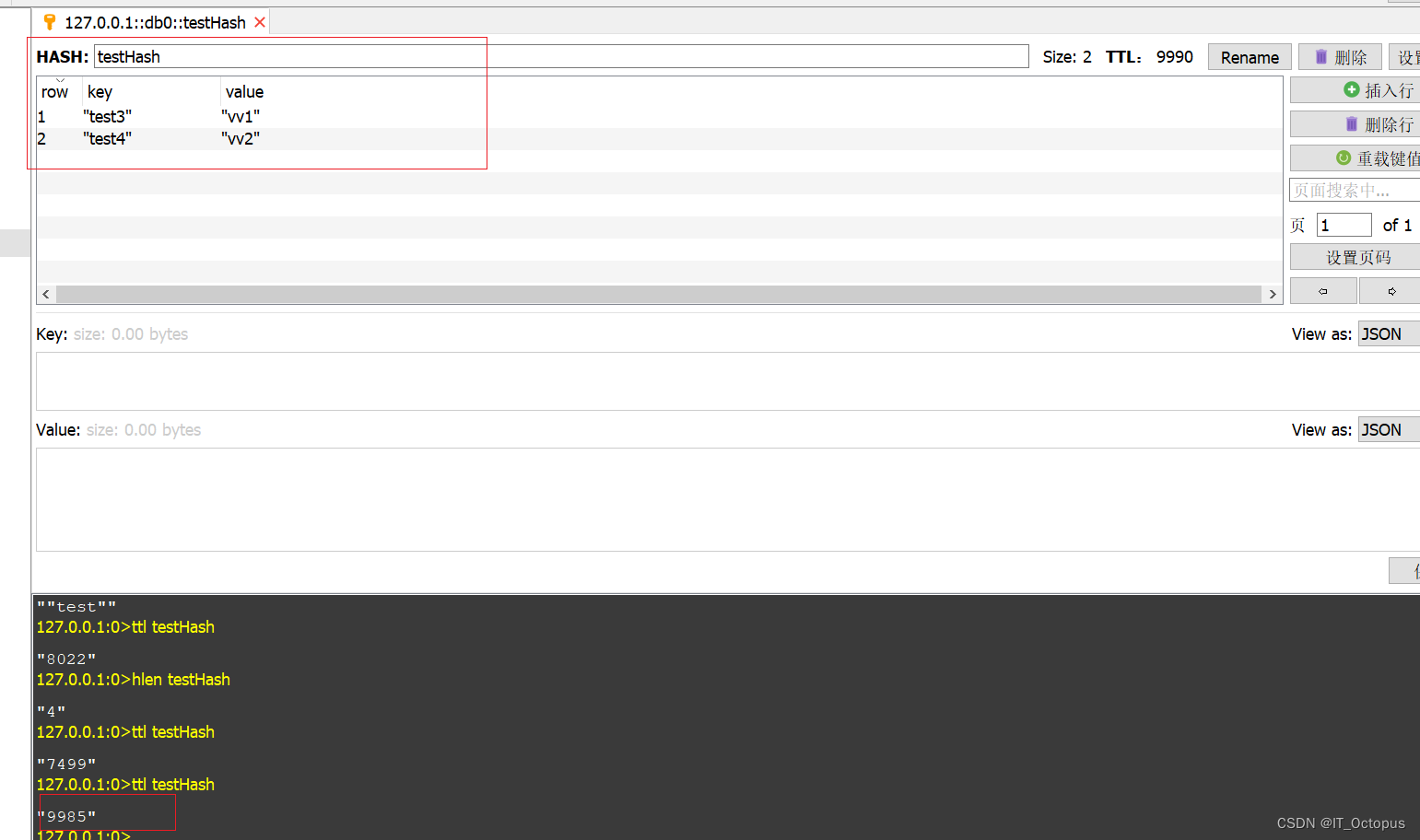ansible 源操作主机功能 自动化运维(playbook剧本yaml)
| 是基于python开发的一个配置管理和应用部署工具,在自动化运维中,现在还是异军突起 ansible能批量配置,部署,管理上千台主机,类似于xshell的一键输入工具,不需要每次都切换主机进行操作,只要有一台ansible的固定主机,就可以所有节点的操作,他是不需要agent(客户端),只需要一台主机上配置了ansible |
| Ansible是基于模块进行工作,他只是提供了一种运行的架构,真正执行和变更的是ansible的模块来实现的,如copy模块,service模块 |
ansible如何实现通信的
| Ansible默认是通过ssh的密钥队实现通信(可以改,但一般不动) |
Anible的另一个特点,所有模块都是幂等性
| 所谓幂等性,指的是多次操作或者多次执行对系统资源的影响是一致的,举例:如关闭防火墙,只要发现要停止的目标服务已经停止,后续同样的停止操作,不会改变任何结果,也就是什么也不做。 举例:重启防火墙,这不是幂等性,每一次操作都会先停再启动。 举例:http 的get 是幂等性 举例:Post多次执行相同的post可能创建多个相同的资源 |
| Ansible的幂等性决定了你可以放心大胆的使用,重复执行某个人物,不会对结果产生任何影响(绝大多数情况) |
Ansible的四大组件
| 1 | lnventory主机清单(主机组)定义ansible可以远程操控的服务器 |
| 2 | 模块,ansible常用的有13个模块,通过模块可以实现远程的配置和操作 |
| 3 | plugins插件 |
| 4 | playbook剧本(shell脚本)是yaml格式 |
ansible的优点
| 部署较为简单,只需要控制主机部署即可,被控制主机需要有ssh和python(2.5以上版本),基本上linux都是自带的 Ansible只能控制linux系统,widows不行 基于模块工作,可以使用任意语言开发模块(二次开发,底层架构) |
实验环境
1.管理端:192.168.233.11 ansible
2.被管理端:192.168.233.12/13
安装ansible
[root@docker1 ~]# systemctl stop firewalld.service
[root@docker1 ~]# setenforce 0
[root@docker1 ~]# yum -y install epel-release.noarch
[root@docker1 ~]# yum -y install ansible
[root@docker1 ~]# yum -y install tree
[root@docker1 ~]# cd /etc/ansible/
[root@docker1 ansible]# ls
ansible.cfg hosts roles
[root@docker1 ansible]# vim hosts
#20取消注释 [webservers]
#21添加 192.168.233.12
#34取消注释 [dbservers]
#35添加 192.168.233.13
[root@docker1 ansible]# ssh-keygen -t rsa
#配置秘钥队
[root@docker1 ansible]# sshpass -p '123' ssh-copy-id root@192.168.233.13
[root@docker1 ansible]# ansible 192.168.233.13 -m command -a 'date'
[root@docker1 ansible]# sshpass -p '123' ssh-copy-id root@192.168.233.12
[root@docker1 ansible]# ansible 192.168.233.12 -m command -a 'date'
192.168.233.12 | CHANGED | rc=0 >>
2023年 12月 18日 星期一 17:26:47 CST
#可以指定ip地址主机
[root@docker1 ansible]# ansible webservers -m command -a 'date'
192.168.233.12 | CHANGED | rc=0 >>
2023年 12月 18日 星期一 17:29:45 CST
#也可以指定整个主机组
[root@docker1 ansible]# ansible all -m command -a 'date'
192.168.233.12 | CHANGED | rc=0 >>
2023年 12月 18日 星期一 17:29:52 CST
192.168.233.13 | CHANGED | rc=0 >>
2023年 12月 18日 星期一 17:29:52 CST
#指定所有主机command模块
| 在远程执行linux的命令,不支持管道符,重定向输出。 |
[root@docker1 ansible]# ansible 192.168.233.12 -a 'ls /opt'
#不加-m也就是不声明使用的模块,默认就是command模块常用参数
chdir:在远程主机上运行命令,提前进入目录
creates:判断指定文件是否存在,如果存在,不执行后面的操作
removes:判断指定文件是否存在,如果存在,执行后面的操作[root@docker1 ansible]# ansible all -m command -a 'chdir=/home ls'
192.168.233.12 | CHANGED | rc=0 >>
chen[root@docker1 ansible]# ansible all -m command -a 'creates=/opt/123 ls /opt'
192.168.233.12 | SUCCESS | rc=0 >>
skipped, since /opt/123 exists
192.168.233.13 | CHANGED | rc=0 >>
containerd
rh
[root@docker1 ansible]# ansible all -m command -a 'removes=/opt/123 ls /opt'
192.168.233.13 | SUCCESS | rc=0 >>
skipped, since /opt/123 does not exist
192.168.233.12 | CHANGED | rc=0 >>
123
containerd
rhshell模块
| shell模块,在远程主机执行命令,相当于调用远程主机的shell进程,支持管道符和重定向 在Ansible当中,多个引号之间要做隔离, |
[root@docker1 ansible]# ansible 192.168.233.12 -m shell -a 'useradd test'
192.168.233.12 | CHANGED | rc=0 >>
[root@docker1 ansible]# ansible 192.168.233.12 -m shell -a 'cat /etc/passwd'
[root@docker1 ansible]# ansible 192.168.233.12 -m shell -a 'echo 123456 | passswd --stdin test'[root@docker1 ansible]# ansible 192.168.233.12 -m shell -a 'echo $(ifconfig ens33 | awk "NR==2{print $2}")'
192.168.233.12 | CHANGED | rc=0 >>
inet 192.168.233.12 netmask 255.255.255.0 broadcast 192.168.233.255
#取出ifconfig ens33中的IP地址
[root@docker1 ansible]# ansible 192.168.233.12 -m shell -a "echo $(ifconfig ens33 | awk 'NR==2{print $2}')"
192.168.233.12 | CHANGED | rc=0 >>
192.168.233.11
#单引号和双引号都可以[root@docker1 ansible]# ansible 192.168.233.12 -m shell -a 'touch /opt/123 && echo 456 > 123 && ls /opt && cat /opt/123'
#表示逻辑且,前一个命令成功才会执行后一个命令[root@docker1 ansible]# ansible 192.168.233.12 -m shell -a 'touch /opt/456 ; echo "666" > /opt/456 ; cat /opt/456'
#表示逻辑或,前面的成功与否,后面的命令都会执行,分号也可以实现一样的操作练习
1.指定主机上创建一个脚本,在脚本中写入一个内容 #!/bin/bash ifconfig,然后运行
[root@docker1 ansible]# ansible 192.168.233.12 -m shell -a 'echo -e "#!/bin/bash\nifconfig" > /opt/ip.sh && sh /opt/ip.sh'
#最好加上双引号2.写一个运算脚本
[root@docker1 ansible]# ansible 192.168.233.12 -m shell -a 'echo -e "#!/bin/bash\na=$((2+3))\necho \$a" > /opt/t1.sh && sh /opt/t1.sh'
192.168.233.12 | CHANGED | rc=0 >>
5
cron模块
| 远程主机定时任务 有两种状态 1.present:表示添加(默认就是添加,可以省略) 2.absent:表示移除,#absent在整个语法中都表示移除的意思(删除) |
分 时 日 月 周
分=minute ,时=hour , 日=day , 月=month , 周=weekday
job:表示任务执行的命令
name:任务计划的名称,可以不加,最好写上练习
1.每5分钟查看一下opt
[root@docker1 ansible]# ansible 192.168.233.12 -m cron -a 'minute="*/5" job="ls /opt" name="t3"'
[root@docker1 ansible]# ansible 192.168.233.12 -a 'crontab -l'2.9月1号早上8点30分,执行ls /opt 任务名:t22
[root@docker1 ansible]# ansible 192.168.233.12 -m cron -a 'minute=30 hour="8" day=1 month=9 job="ls /opt" name=t22'3.周三下午14点30分执行,ls /opt 不需要任务名
[root@docker1 ansible]# ansible 192.168.233.12 -m cron -a 'minute=30 hour=14 weekday=3 job="ls /opt"'
[root@docker1 ansible]# ansible 192.168.233.12 -a 'crontab -l' 删除定时任务
[root@docker1 ansible]# ansible 192.168.233.12 -m cron -a 'name=test2 state=absent'
[root@docker1 ansible]# ansible 192.168.233.12 -a 'crontab -l'
[root@docker1 ansible]# ansible 192.168.233.12 -m cron -a 'name=None state=absent'
#如果有多个名称为None的定时任务将会被一并删除,不推荐(最好是一个不重复的名称)user模块
| 常用的参数 | 用户管理模块 |
| name | 指定用户名,必须要有 |
| State present absent | 创建用户可以不加present,删除一定要加absent |
| System=yes 或者on | 标记用户是否是一个程序用户 |
| Uid | 用户的唯一标识 |
| Group | 用户的所在组 |
| Create_home=yes or no | 换用户的家目录 ,不需要替换用户的家目录可以不写 |
| Password | 给用户创建密码 |
| Comment | 可以添加用户的注释信息(可有可无) |
| Remove=yes or no | 当删除用户时,加上remove=yes,删除用户的家目录相当于userdel -r 如果不删除家目录,可以不写。 |
[root@docker1 ansible]# ansible 192.168.233.12 -m user -a 'name=g11 system=yes'
[root@docker1 ansible]# ansible 192.168.233.12 -a 'cat /etc/passwd'
g11:x:990:984::/home/g11:/bin/bash
在创建用户时,虽然声明了是一个程序用户,但是默认的登录shell如果没有额外声明,还是默认的/bin/bash,UID会按照程序用户来指定[root@docker1 ansible]# ansible 192.168.233.12 -m user -a 'name=g11 shell=/sbin/nologin'
[root@docker1 ansible]# ansible 192.168.233.12 -a 'cat /etc/passwd'
g11:x:990:984::/home/g11:/sbin/nologin
#指定为程序用户,/sbin/nologin 不能登陆使用ansible的user模块创建用户,如果创建普通用户可以不加system=no,指定shell类型也可以不加,默认就是/bin/bash,如果创建的程序用户,一定要声明system=yes,声明shell的类型,shell=/sbin/onlogin,也可以指定uid的方式,给用户分配一个uid[root@docker1 ~]# ansible 192.168.233.12 -m user -a 'name=g2 home=/home/g2 create_home=yes'
#更改家目录[root@docker1 ~]# ansible 192.168.233.12 -m user -a 'name=g11 remove=yes state=absent'
#删除用户以及用户的家目录group模块
| 用户的管理模块,name必须要有,gid设置组的id,ansible不使用交互命令 |
[root@docker1 ~]# ansible 192.168.233.12 -m group -a 'name=gq1 gid=306 system=yes'
[root@docker2 ~]# cat /etc/group
gq1:x:306:
[root@docker1 ~]# ansible 192.168.233.12 -m user -a 'name=guoqi uid=1011 group=gq1'
[root@docker1 ~]# ansible 192.168.233.12 -a 'cat /etc/passwd'
#指定他的用户组
[root@docker1 ~]# ansible 192.168.233.12 -m group -a 'name=gq1 state=absent'
#删除组,但必须要先删除组里的用户
ping模块
[root@docker1 ~]# ansible all -m ping
#ping通即结束